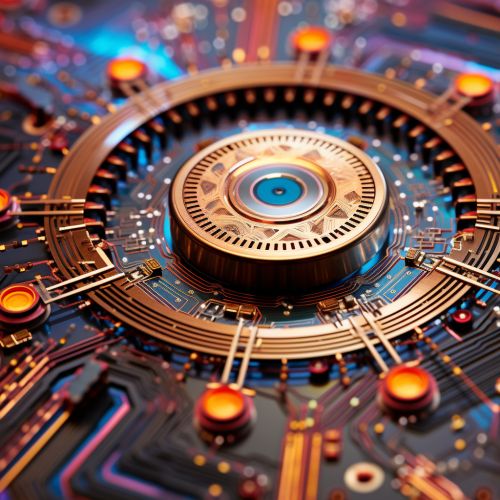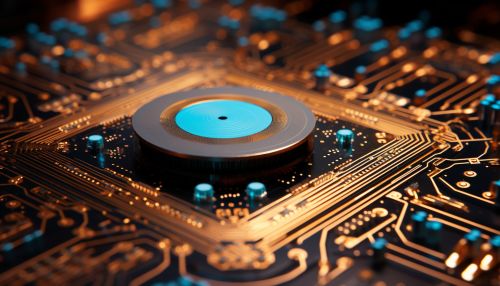Quantum Error Correction in Quantum Communication Networks
Introduction
Quantum error correction (QEC) is a vital component of quantum communication networks, which are systems that use quantum phenomena to transmit information. Quantum communication networks are a subset of quantum information science, which is the study of how quantum mechanics can be used to process and transmit information.


Quantum Communication Networks
Quantum communication networks use quantum entanglement and quantum superposition to transmit information. These networks can potentially provide unparalleled security and speed in data transmission, thanks to the unique properties of quantum mechanics. However, they also present unique challenges, particularly in the area of error correction.
Quantum Error Correction
Quantum error correction is a set of techniques used to correct errors that occur when quantum information is processed or transmitted. Unlike classical error correction, which can be as simple as repeating the information until it is received correctly, quantum error correction is complicated by the no-cloning theorem and the fact that simply observing a quantum system can change its state.
The Need for Quantum Error Correction
Quantum systems are highly susceptible to errors due to quantum decoherence, which is the loss of quantum coherence or the transition of a system from a quantum state to a classical state. This is caused by interactions with the environment, which can introduce errors into the system. Quantum error correction is therefore necessary to maintain the integrity of the information being transmitted.
Techniques for Quantum Error Correction
There are several techniques for quantum error correction, including the quantum error correction codes, which are mathematical algorithms used to correct errors in quantum systems. These codes work by encoding the quantum information in a way that allows errors to be detected and corrected without directly observing the quantum state, thus avoiding the problem of quantum decoherence.
Challenges in Quantum Error Correction
Despite the progress made in quantum error correction, there are still many challenges to overcome. One of the main challenges is the need for a large number of physical qubits to implement a single logical qubit, which is necessary for error correction. This is due to the quantum threshold theorem, which states that a quantum computer can be made arbitrarily reliable provided the error rate per quantum gate is below a certain threshold.
Future Directions
The field of quantum error correction is still in its early stages, and there is much work to be done. Future research will likely focus on developing more efficient error correction codes, improving the stability of quantum systems, and finding ways to implement quantum error correction in practical quantum communication networks.
